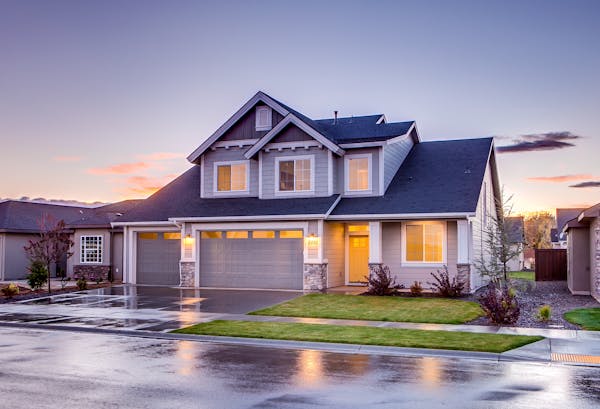Revolutionizing Construction: The Promise of 3D-Printed Homes
Disclaimer: The following content is based on publicly available information and has been rewritten for general informational purposes only. Readers are encouraged to conduct their own research and consult with relevant professionals before making any decisions based on the information provided.
In the realm of contemporary construction, speed often takes precedence over sustainability, resulting in a plethora of hastily built structures using inexpensive materials. However, people seeks to challenge this status quo with his company's innovative approach.
Recognizing construction's significant contribution to landfill waste and its heavy consumption of water resources, People aims to address these environmental concerns while tackling the pressing issue of affordable housing. His companies endeavors to leverage 3D-printing technology to construct homes priced at $99,000 or less, all within a month's timeframe.
The traditional cacophony of hammering and sawing is replaced by the rhythmic hum of robots adeptly 3D-printing durable concrete homes designed for longevity. People envisions a future where innovation becomes imperative for humanity's survival, particularly in ensuring adequate shelter.
Founded in 2017, Developers has garnered substantial funding, including a contract with NASA and collaborations with esteemed architects. Their construction method utilizes robust concrete, aptly named "Lavacrete," printed layer by layer to form sturdy walls. The centerpiece of their operation, the "Vulcan" machine, meticulously stacks ¾-inch layers of concrete to fashion the home's structural core.
Developers lament the prevalent trend of sacrificing quality in pursuit of affordability, resulting in homogenous, uninspired housing developments. They emphasizes the urgent need to rectify this approach, highlighting the ecological repercussions of unsustainable building practices.
Despite the current price point of around $500,000 per home, Devloper remains optimistic about cost reductions over time, drawing parallels with the declining costs of electric vehicles since 2010.
Reasons for Optimism:
Speed and Efficiency: 3D-printing technology enables rapid construction, with homes completed in as little as two weeks. This expedited process holds promise for addressing housing shortages in crisis situations or burgeoning urban areas.
Cost-effectiveness and Environmental Benefits: By optimizing material usage and minimizing waste, 3D-printing offers potential cost savings and reduces environmental impact.
Localized Construction: On-site 3D-printing eliminates the need for transporting materials over long distances, particularly advantageous in remote or inaccessible locations.
Resource Efficiency: Customizable designs cater to diverse needs and preferences, offering flexibility in accommodating various family sizes and geographic challenges.
Investor Interest and Final Thoughts:
While widespread adoption of 3D-printed housing faces hurdles such as regulatory approval and scalability, Developer's vision has attracted substantial investment, positioning company as a trailblazer in the industry. He envisions a future where robots play a pivotal role in construction, heralding a new era of abundant, affordable, and aesthetically pleasing housing.
Developer's commitment to transforming the construction landscape underscores the potential for 3D-printing technology to revolutionize the way we build, offering hope for a more sustainable and equitable future in housing.



Comments
Post a Comment